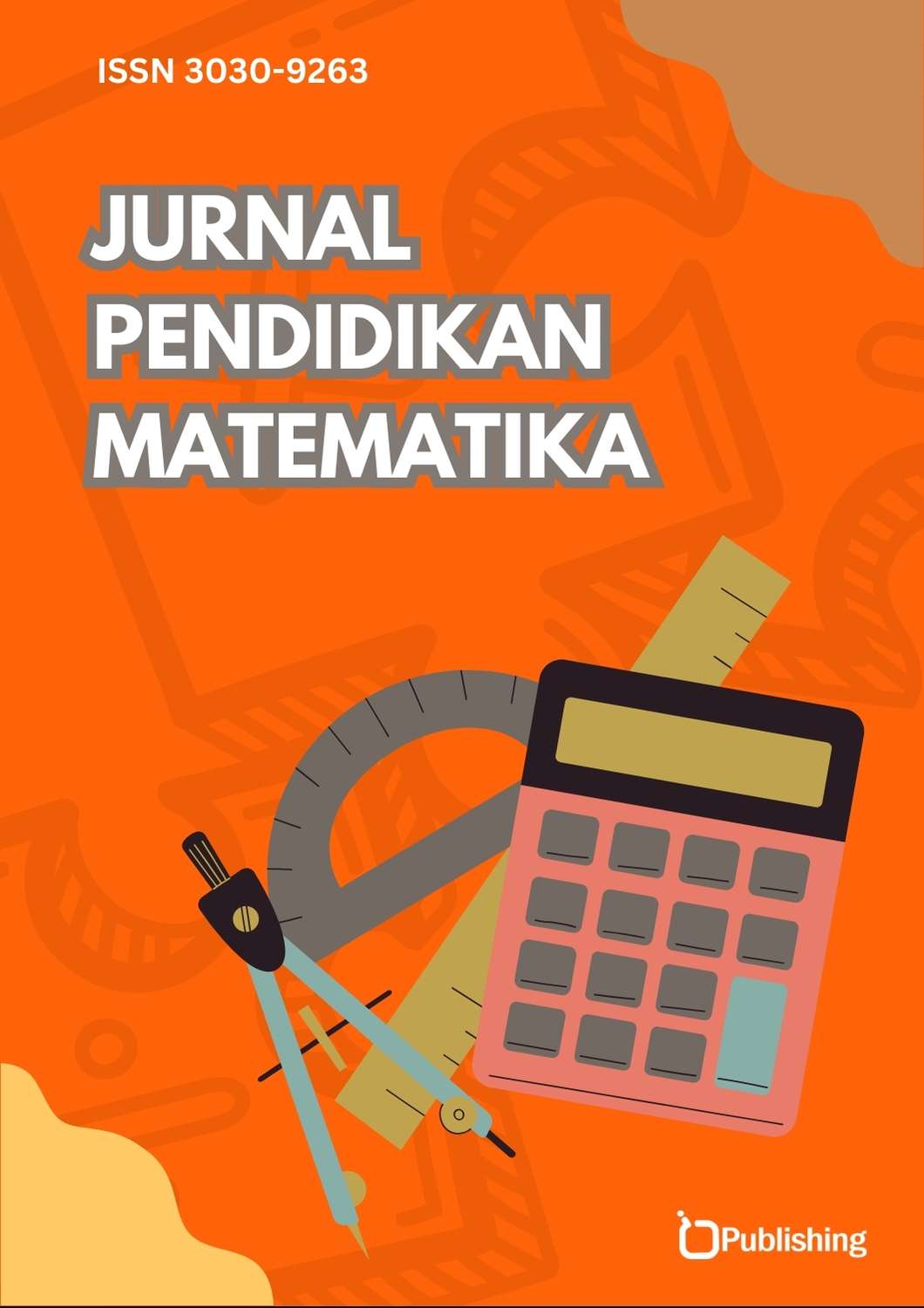Left and Right Derivatives of Summation Functions Limit and Eulerian Constants Induced by They
DOI:
https://doi.org/10.47134/ppm.v2i3.1747Keywords:
One-sided Derivatives, Limit Summation Functions, Euler-type ConstantsAbstract
This study aims to investigate the existence and properties of one-sided derivatives of limit summation functions, particularly in relation to Euler-type constants, within the context of convex and concave real functions. It also seeks to generalize existing theorems related to the differentiability and summability of such functions. The research adopts a theoretical and deductive approach grounded in mathematical analysis. It begins with a comprehensive literature review of foundational concepts such as gamma and zeta functions, convexity, and Euler-Mascheroni constants. Utilizing formal mathematical reasoning, the study develops and proves several new theorems concerning the right and left derivatives of summation functions. The derived results are then validated through a series of examples involving known real functions, including convex and concave functions. The analysis confirms that under specific conditions, one-sided derivatives of summation functions exist and obey certain functional equations. Furthermore, the study demonstrates that sequences related to these derivatives converge under monotonicity assumptions. Applications include generalized inequalities and functional identities related to Euler’s constant, gamma, and zeta functions. Ultimately, this research contributes to the understanding of marginal addition functions and offers new insights into the summability and differentiability of real functions involving Euler-type constants
References
A. Laforgia and P. Natalini, “Exponential, gamma and polygamma functions: Simple proofs of classical and new inequalities,” J. Math. Anal. Appl., vol. 407, no. 2, pp. 495–504, 2013, doi: 10.1016/j.jmaa.2013.05.045.
A. Laforgia and P. Natalini, “Exponential, gamma and polygamma functions: Simple proofs of classical and new inequalities,” J. Math. Anal. Appl., vol. 407, no. 2, pp. 495–504, 2013, doi: 10.1016/j.jmaa.2013.05.045.
Buchheit, A.A. (2022). On the Efficient Computation of Large Scale Singular Sums with Applications to Long-Range Forces in Crystal Lattices. Journal of Scientific Computing, 90(1), ISSN 0885-7474, https://doi.org/10.1007/s10915-021-01731-5
Day, J.A. (2022). The detective quantum efficiency of cadmium telluride photon-counting x-ray detectors in breast imaging applications. Medical Physics, 49(3), 1481-1494, ISSN 0094-2405, https://doi.org/10.1002/mp.15411
Deng, W. (2023). The Euler–Riemann ζ function and the estimation of the power-law exponent. Physica A Statistical Mechanics and Its Applications, 624, ISSN 0378-4371, https://doi.org/10.1016/j.physa.2023.128940
Ding, J. (2011). Reliability analysis on composite foundation settlement based on Boussinesq's stress and displacement solution. Gongcheng Lixue Engineering Mechanics, 28, 35-39, ISSN 1000-4750
Dong, Y. (2015). Diffusion of nanoparticles in semidilute polymer solutions: A mode-coupling theory study. Journal of Chemical Physics, 143(2), ISSN 0021-9606, https://doi.org/10.1063/1.4926412
Ferreira, E. (2008). Representation of integral dispersion relations by local forms. Journal of Mathematical Physics, 49(3), ISSN 0022-2488, https://doi.org/10.1063/1.2840912
Gisonni, M. (2023). Correction To: Jacobi Ensemble, Hurwitz Numbers and Wilson Polynomials (Letters in Mathematical Physics, (2021), 111, 3, (67), 10.1007/s11005-021-01396-z). Letters in Mathematical Physics, 113(4), ISSN 0377-9017, https://doi.org/10.1007/s11005-023-01707-6
J. Sándor, “On generalized Euler constants and Schlömilch-Lemonnier type inequalities,” J. Math. Anal. Appl., vol. 328, no. 2, pp. 1336–1342, 2007, doi: 10.1016/j.jmaa.2006.06.041.
M. H. E. Fard and M. H. Hooshmand, “Inequalities arising from generalized Euler-type constants motivated by limit summability of functions,” J. Math. Inequalities, vol. 13, no. 1, pp. 261–274, 2019, doi: 10.7153/jmi-2019-13-19.
M. H. Hooshmand Estahbanti, “Limit summability of real functions,” Real Anal. Exch., vol. 27, no. 2, pp. 463–472, 2002, doi: 10.14321/realanalexch.27.2.0463.
M. H. Hooshmand, “Analytic summability of real and complex functions,” J. Contemp. Math. Anal., vol. 51, no. 5, pp. 262–268, 2016, doi: 10.3103/S1068362316050071.
M. H. Hooshmand, “Another Look at the Limit Summability of Real Functions Weak and Semi Limit Summable Functions,” vol. 4, no. 1, pp. 73–89, 2009.
M. Müller and D. Schleicher, “Fractional sums and Euler-like identities,” Ramanujan J., vol. 21, no. 2, pp. 123–143, 2010, doi: 10.1007/s11139-009-9214-9.
Mezei, R.A. (2015). An introduction to SAGE programming: With applications to SAGE interacts for numerical methods. An Introduction to Sage Programming with Applications to Sage Interacts for Numerical Methods, 1-230
Petrovskaya, M.S. (2012). Spherical harmonic series for derivatives of all orders of the gravitational potential of a planet and their application in satellite geodesy and space navigation. Cosmic Research, 50(2), 152-159, ISSN 7653697, https://doi.org/10.1134/S001095251201008X
R. Webster, “Log-Convex Solutions to the Functional Equatio f(x+1)=g(x)f(x):-type functions,” no. 209, pp. 605–623, 1997.
S. Functions, “DERIVATIVE AND INTEGRAL OF LIMIT SUMMAND,” vol. 10, no. 3, pp. 33–43, 2019.
Sekihara, T. (2015). Comprehensive analysis of the wave function of a hadronic resonance and its compositeness. Progress of Theoretical and Experimental Physics, 2015(6), ISSN 2050-3911, https://doi.org/10.1093/ptep/ptv081
Signes-Pastor, A.J. (2022). Arsenic exposure and respiratory outcomes during childhood in the INMA study. Plos One, 17(9), ISSN 1932-6203, https://doi.org/10.1371/journal.pone.0274215
Zojer, T. (2013). On one-loop partition functions of three-dimensional critical gravities. Classical and Quantum Gravity, 30(7), ISSN 0264-9381, https://doi.org/10.1088/0264-9381/30/7/075005











